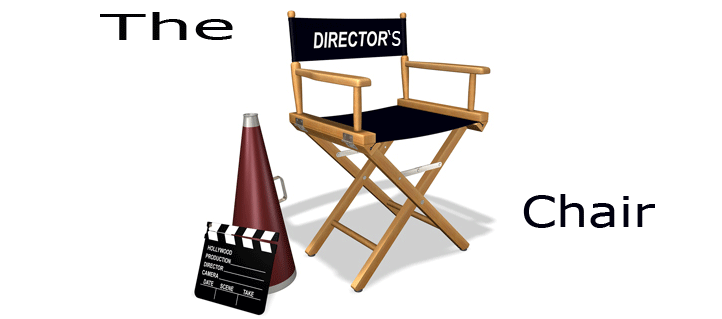
MICHELANGELO ON DIRECTING
While Michelangelo's worldwide historical renown as a painter is inarguable, it was his skill as a sculptor that most impresses me. Legend has it that the great rennaissance artist, when asked where the inspiration came from for a sculpture, to have said something to the effect that the stone itself spoke to him and seemed to have some living form waiting to be revealed. It was his job to free that form from the solid marble with delicate strokes of mallet and chisel.
We as directors have somewhat the same task, only with actors instead of marble, and hopefully you're not using a hammer and chisel to bring out the best in your cast, but we must see that character in the actor at casting. Much like the artist selects the right stone to be cut for each work, or in the case of Michelangelo, allows the stone to reveal its own form, we must find those characters inside the actors themselves.
Much can be done to dress up the outward appearance. There is much to be said for the role of imagination in character development. But, it comes down to finding some point of connection, some way in which the actor can identify the desire of his character and find in himself something equal that resonates.
How does this look like sculpting you may ask. Well, it has long been my belief that a character is built more by suppressing or removing those things that do not communicate the desired effect than by adding to what is already there. By learning how to help actors eliminate false communication (static, or self conscious gestures, things that belong to us as people but do not make sense for the character) we as directors can allow them to free that angelic form from the marble slab.
Yeah, esoteric and a little fruity, but let me give you an example. Most actors equate “energy” (a good thing) with volume and speed (also good in their place but frequently misused) some characters express themselves with equal intensity, but on a quieter, or more sedate level. By learning to slow down and play these characters as who they are, not who we are, we begin to get to the heart of them. This must be done in a way that makes sense for the actor, they must find that part of themselves that most closely resembles that part of the character.








